Anatomy of a Snider Lock
Created on October 3rd 2017
The inside of Snider-Enfield Mk III lock by BSA & Co’
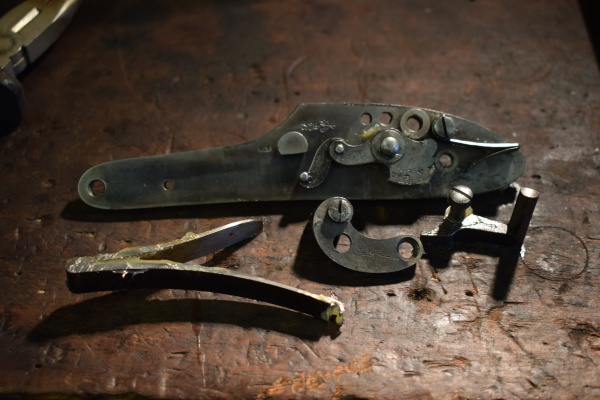
During the restoration of a Mk III Snider-Enfield short rifle I was particularly taken aback by the quality of the workmanship I uncovered. More to the point, the quality of workmanship on a standard Military arm, not a fine sporting arm.
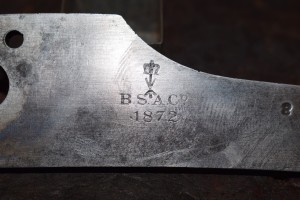
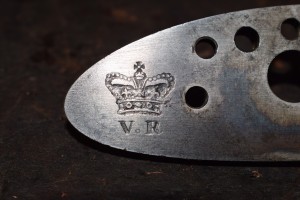
I just wanted to share this with like-minded individuals that might also appreciate it. When I disassembled this rifle, it became apparent, fairly quickly that I was in territory that had not been examined for many years. A complete lack of damaged screw heads was one give-away. I had to clear some mild surface rust that was just starting to form on the plate around the sear spring. A build up of dried grease and oil had formed on many of the moving parts. It had also built up at the extremities of the marks showing the movement of those parts on the rear of the plate. There was mild surface corrosion and a loss of some colour on the exposed surfaces of the outer surface of the plate but, otherwise, all the parts were in fine condition.
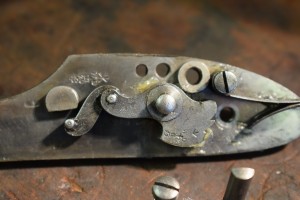
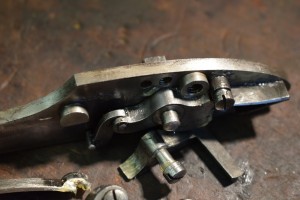
I was amazed at the thickness of the lock plate itself, rough measurement puts it at a tad over 5/32″ thick ! It is beautifully made and finished to an extremely high degree. OK, so BSA & Co was obviously a private firm and one would expect a marginally better finish but, to carry this out, on the numbers involved, is mind boggling! Some sources talk of one order of 1000 rifles being ordered in 1872. After cleaning the plate, the colours of the case hardening process became much easier to see and are present on both sides, but more so on the reverse. Even the bridle was case hardened.
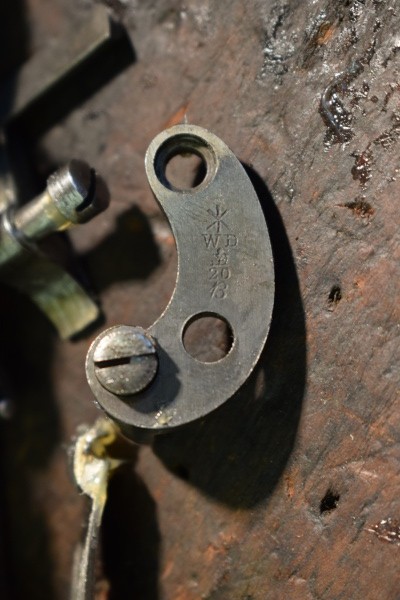
All the threads were intact, all parts complete and contact surfaces polished perfectly smooth. The standard of finish would really be more relavent to parts that would be seen on the exterior of the weapon , but in those days the same standard was applied to the interior! Every part is inspector marked, mostly with Smallheath markings incorporating the italic B. All the markings are clear. But, another thing which has aroused my curiosity are the sale out of service marks. I soon noticed that every component of the lock is marked with the opposing arrow. It is not possible to see all those marks until the lock is completely taken apart, so this means that they had to be completely stripped down to be thus marked! What an incredibly, long, drawn-out process that must have been! And, what an incredibly labour intensive process. Cost was not an issue. Things have sure changed ’round here!
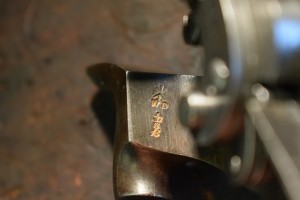
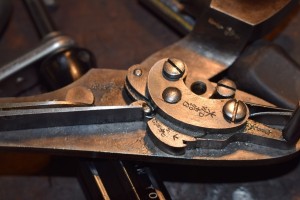
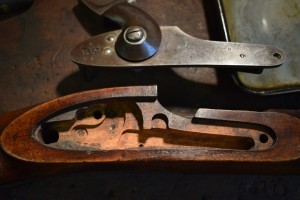
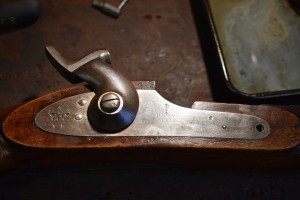
The other related point of interest is the superb wood to metal fit. You cant fault it. By placing the lock in position it became fixed, almost as if by suction. One can pick up the stock, turn it over and the lock will not fall out. It will remain in position even without the fixing screws in place. Now that is craftsmanship extraordinaire ! I am officially impressed.
Comments Off on Anatomy of a Snider Lock